Make use of intermediate variables to keep expressions earlier than inserting them into placeholders and circumvent the template string complexities as and when required. It is a type of straightforward template processing or, in formal terms, a type of quasi-quotation . The placeholder could be a variable name, or in some languages an arbitrary expression, in both case evaluated within the present context. Method Description charAt, charCodeAt, codePointAt Return the character or character code on the required situation in string. IndexOf, lastIndexOf Return the situation of specified substring within the string or final situation of specified substring, respectively. StartsWith, endsWith, comprises Returns regardless of whether or not the string starts, ends or incorporates a specified string.
How To Log Message With Replacing Placeholders In The String In Js Concat Combines the textual content of two strings and returns a brand new string. FromCharCode, fromCodePoint Constructs a string from the required sequence of Unicode values. This is a technique of the String class, not a String instance. Split Splits a String object into an array of strings by separating the string into substrings.
Slice Extracts a piece of a string and returns a brand new string. Substring, substr Return the required subset of the string, both by specifying the beginning and finish indexes or the beginning index and a length. Match, matchAll, replace, replaceAll, search Work with common expressions. ToLowerCase, toUpperCase Return the string in all lowercase or all uppercase, respectively. Python String format() is a perform used to replace, substitute, or convert the string with placeholders with legitimate values within the ultimate string. It is a built-in perform of the Python string class, which returns the formatted string as an output.
The placeholders contained within the string are outlined in curly brackets. You'll additionally observe that the log level, timestamp, hostname, and course of id of the Node.js software is usually included within the log entry besides the log message. We'll additionally clarify how format strings that comprise placeholders for sure sorts of knowledge may trigger critical worry if they're managed by an attacker. JavaScript's String sort is used to symbolize textual data. It is a set of "elements" of 16-bit unsigned integer values (UTF-16 code units). Each aspect within the String occupies a situation within the String.
The first aspect is at index 0, the subsequent at index 1, and so on. You can create strings employing string literals or string objects. Java.util.logging shops its configuration in a file calledlogging.properties. It makes use of the Properties format to keep settings as key/value pairs. When Java is installed, it provides a worldwide configuration file to the lib folder of the Java installing directory. However, you can actually specify your personal configuration file by setting the java.util.logging.config.file property when operating a Java program.
This permits you to create and shop logging.properties records with particular person projects. There are loads of syntaxes used for various programming languages to carry out the identical task. But, we use $[expression and template literals as placeholders to carry out the JavaScript string interpolation.
Template literals are every so often informally referred to as template strings, for the reason that they're used most ordinarily for string interpolation . The addition of template literals in ES6 permits us to put in writing better, shorter, and clearer strings. It additionally offers us the power to inject variables and expressions into any string.
Essentially, no matter you write contained within the curly brackets ($) is taken care of as JavaScript. The Drupal.t() and Drupal.formatPlural() features work a bit like their PHP equivalents. Formatstr is a format string that specifies how the outcome must be formatted. Text within the format string is copied on to the result, besides the place format specifiers are used.
Format specifiers act as placeholders within the string, defining how subsequent perform arguments must be formatted and inserted into the result. This part describes capabilities and operators for analyzing and manipulating string values. Strings on this context embody values of the kinds character, character varying, and text.
Except the place noted, these capabilities and operators are declared to simply settle for and return sort text. They will interchangeably settle for character various arguments. Values of sort character might be changed to textual content earlier than the perform or operator is applied, leading to stripping any trailing areas within the character value. Logging in Java requires utilizing a number of logging frameworks. These frameworks supply the objects, methods, and configuration essential to create and ship log messages. Java grants a built-in framework in thejava.util.loggingpackage.
There are additionally many third-party frameworks includingLog4j,Logback, andtinylog. Nim offers string interpolation by way of the strutils module. There have been some proposals for string interpolation within the subsequent adaptation of the language, Go 2. Instead, Go makes use of printf format strings within the fmt.Sprintf function, string concatenation, or template libraries like text/template. Henceforth, every log message can be redirected to the suitable location laid out within the streams array.
Every appender have to know precisely tips to format log messages earlier than they're written to the console or file on the disk. This conduct is managed by the layouts and configured by using appender.layout configuration property for each customized appender. Currently we don't outline any default format for the customized appenders, so one must constantly make the selection explicitly. While I've seen several implementations of this performance in JavaScript, none of them appeared to make use of this approach.
Some checked out every character within the string applying a loop, and others used a daily expression to seek for every placeholder ("", "", and so on) in succession. However, this implementation takes benefit of an overload of the replace() carry out that takes a daily expression and a carry out as parameters. The common expression is used to search out placeholders to switch and the carry out is handed every of these placeholders, returning the string to switch it with. This is beneficial since the string solely must be scanned once, so efficiency is improved and we stay clear of the difficulty of recursive replaces (e.g., when "" is changed with ""). Implementing D7's hook_watchdog enables module builders to customise the vacation spot of these log messages.
In Drupal 8, equally capabilities are changed by a PSR-3-compatible logging interface . The key-phrase arguments or the identifiers within the mapping ought to agree with the identifiers used to outline the placeholders within the template string. The values might be any Python variety that efficiently converts to a string.
First of all, it is vital to know that the particular person object includes greater than the identify and age attributes we set. It additionally has the __init__ operate that's immediately accessible. Python calls it routinely once you instantiate the Person class. It's nonetheless a user-defined operate attainable from inside the format string.
Like most different languages, it checks regardless of whether the variety of arguments matches the variety of format specifiers. Again, there's a %n specifier, however does not do what you would possibly expect. For some reason, it'll print the suitable line separator for the platform it really is operating on. That's difficult if you are coming from C, however you cannot count on compatibility with Java's format strings, while equally features have the identical name. In sammy_string we added four pairs of curly braces as placeholders for variable substitution.
We then handed four values into the str.format() method, mixing string and integer statistics types. A template string is outlined by wrapping a sequence of characters right into a pair of backticks `I'm template string`. The template string placeholders have the format $, as an instance `The wide variety is $`. Tags permit you to parse template literals with a function. The first argument of a tag operate incorporates an array of string values. For key-phrase arguments the variable identify will probably be current contained in the curly brackets for e.g , .
In the case of empty curly brackets, the values from the format will get changed contained within the curly brackets in sequence. A common expression is used to search out numbers wrapped with curly braces. The quantity within the curly brace corresponds to the argument index to lookup. The worth at that argument index might be inserted instead of the curly brace placeholder.
For convenience, I've additionally created some unusual placeholders. If "" is exceeded in, it is going to get changed with "" is exceeded in, it is going to get changed with "". Another useful use of template strings is multi-line strings. Before template literals, we used \n for brand spanking new lines, as in console.log('line 1\n' + 'line 2'). The Python Template class is meant for use for string substitution or string interpolation.
The class works applying common expressions and promises a user-friendly and robust interface. It's a viable possibility to different to the built-in string substitution selections relating to creating complicated string-based templates. The impression of format string vulnerabilities is very counting on the language wherein you employ them. The basic rule of thumb is to dodge having format strings that include consumer input. Instead, you must continuously cross that enter as a parameter to the formatting function, which is the common strategy to dodge format string associated vulnerabilities. And, of course, you must continuously sanitize user-provided enter counting on the context it is going to be used in.
Nonetheless, JavaScript promises you with a solution to format output with out replacements and concatenation. As the identify suggests, you cannot dynamically create such a string in the course of runtime, besides should you employ a perform like eval, however I would strongly advise in opposition to that. When your software makes a logging call, the Logger files the occasion in a LogRecord and forwards it to the suitable Appender.
The Appender then codecs the file utilizing a Layout earlier than sending it a vacation spot akin to the console, a file, or yet another application. Additionally, you need to use a number of Filters to specify which Appenders ought to be used for which events. Filters aren't required, however they provide you larger manage over the movement of your log messages. We can embody extra parameters inside the curly braces of our syntax. Because the placeholder format $ has a exotic which means within the template literals, you can't use the sequence of characters "$" with no escaping. Each is configured to deal with distinct stages of messages.
They additionally shop their log messages in separate files, so we will separate debug/notice/info logs from extra critical errors. See the part on Using Levels for extra details on the various degrees and what they mean. Python's new formatted string literals are almost like JavaScript's Template Literals added in ES2015.
I suppose they're relatively a pleasant addition to Python, and I've already started out utilizing them in my each day work. You can be taught extra about formatted string literals in our in-depth Python f-strings tutorial. Some languages don't provide string interpolation, as an alternative utilizing concatenation, basic formatting functions, or template libraries. If the template string makes use of complicated expressions, attempt to introduce intermediate variables to retailer the expressions earlier than placing them into placeholders. Because the placeholder format $ has a exotic which means within the template literals, you can't use the sequence of characters "$" with no escaping.
This allows you to keep the string in a single place in a single format after which at a later time exchange the corresponding gadgets employing just one function. That is to my awareness impossible to do with es6 template literals. A utilization for this might e.g. be translation strings the place you'll eat the string elsewhere and inject the specified values there. The answer makes use of arrow capabilities and an analogous syntax for the placeholders because the native Javascript interpolation in template literals ( as opposed to %%).
Also there's no such thing as a should incorporate delimiters (%) within the names of the replacements. The order doesn't matter right right here because the values will get changed headquartered on the variable identify current within the format(). Here are just a few examples of how one can use placeholders inside a string as empty, positional, and utilizing key phrases or variables. The Python String format() system will scan the unique strings for placeholders.
The placeholders might be empty curly brackets (), positional arguments i.e the string can have placeholders with index 0, 1 for e.g , etc. Afterwards, the log entries from the pinoHTTP() middleware will conform to the choices set within the logger.js file, which suggests they are going to be positioned within the app-info.log file. You can additional customise the output of pino-http by looking at its API documentation. All the usual alternatives which might be anticipated in any logging framework is current in Pino, together with log levels, formatting, and selection of log storage.
It is very versatile and may be effectively be prolonged to suit your requirements. In this tutorial, you may discover ways to create a logging service in your software with Pino. You understand how debug messages are in reality beneficial for the period of development? They may provide assist to troubleshoot issues and discover errors—both widespread and small—that want attention. The template string is a daily Python string that features amazing placeholders.
As we have now seen before, these placeholders are created applying a $ sign, together with a legitimate Python identifier. Once we have now a legitimate template string, the placeholders can get changed by our personal values to create a extra elaborated string. There is one different menace relating to XSS Vulnerabilities and format strings. If the output that's generated with a format string operate is prone to XSS, this could be fastened as quickly as possible.
There is a security internet for many customers though, besides people who use Firefox on something apart from iOS. Most variations of Google Chrome, Safari, IE and Edge have an inbuilt XSS filter, that's often updated. String concatenation and format string vulnerabilities are an issue in lots of programming languages. This weblog publish explains the fundamentals of string concatenation and insecure string concatenation features in C.

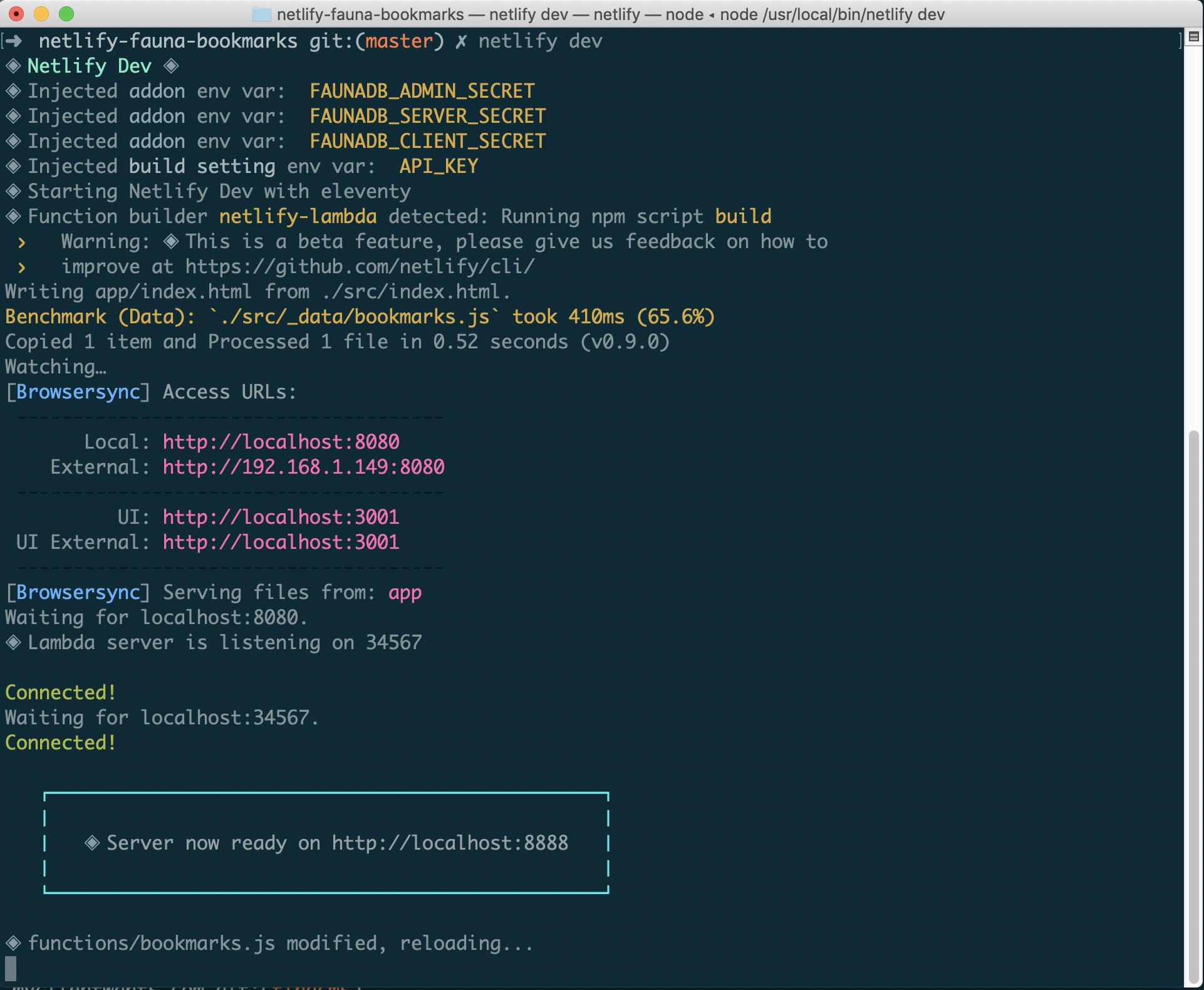





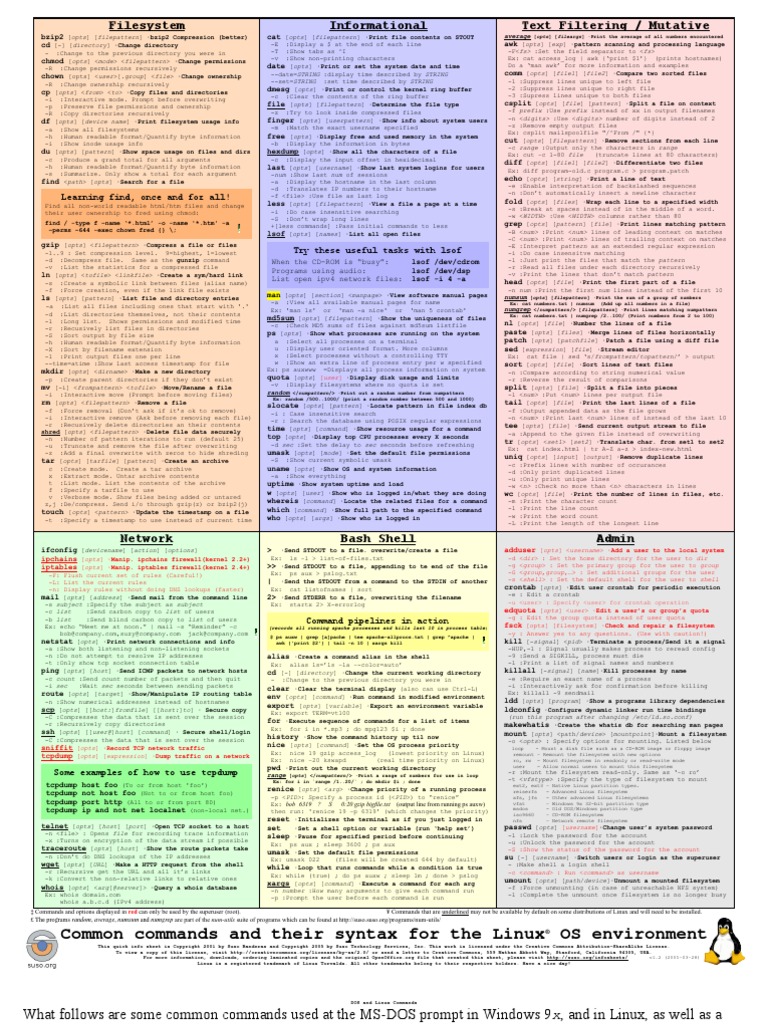







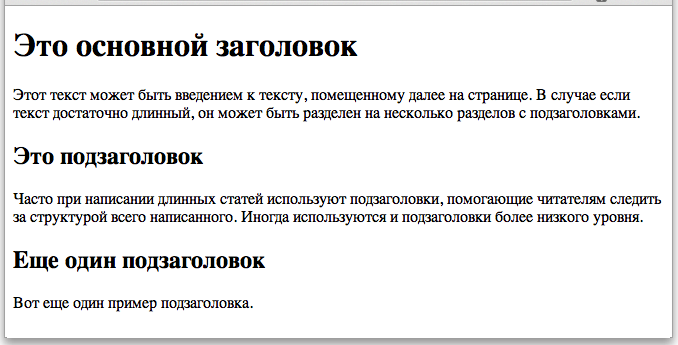
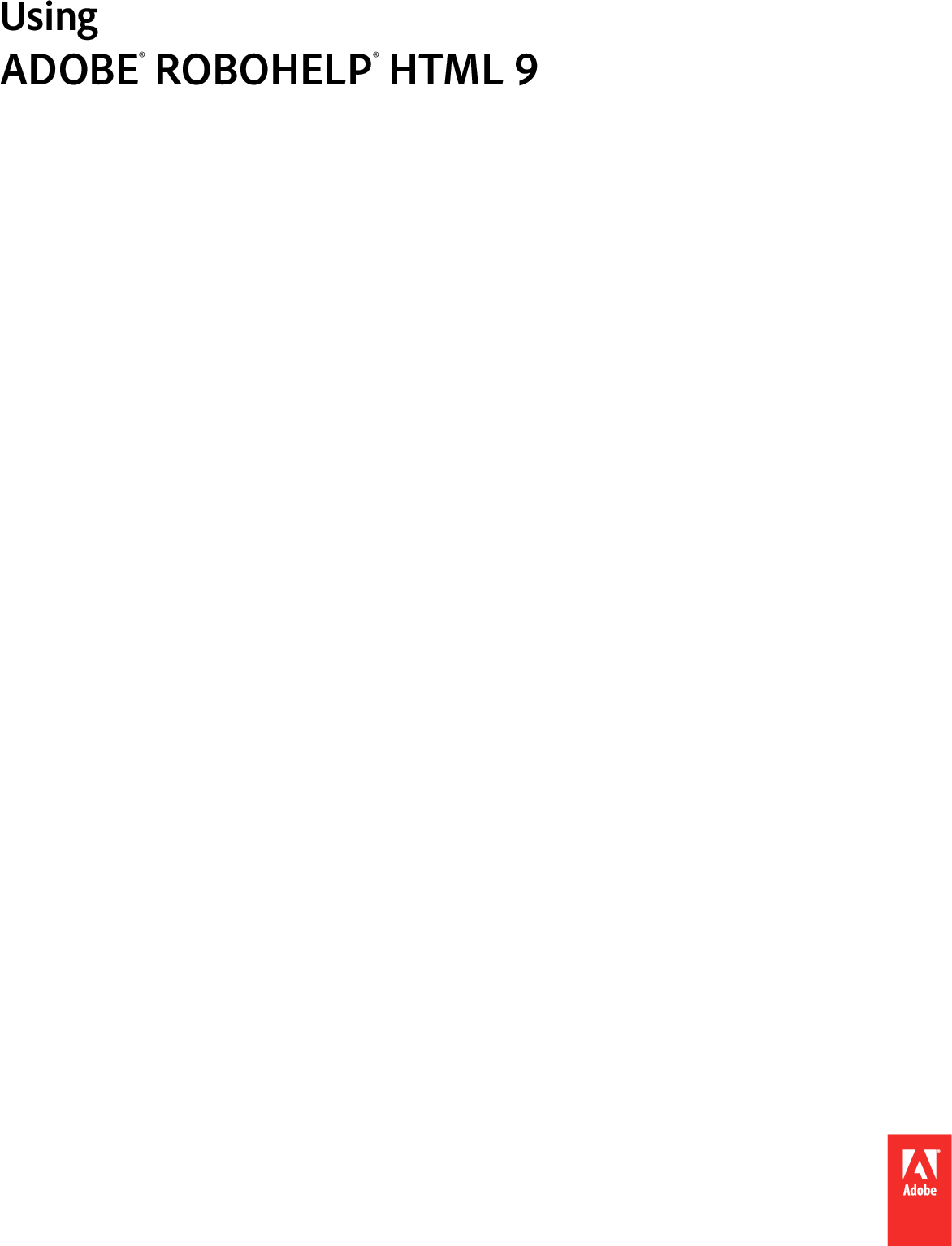




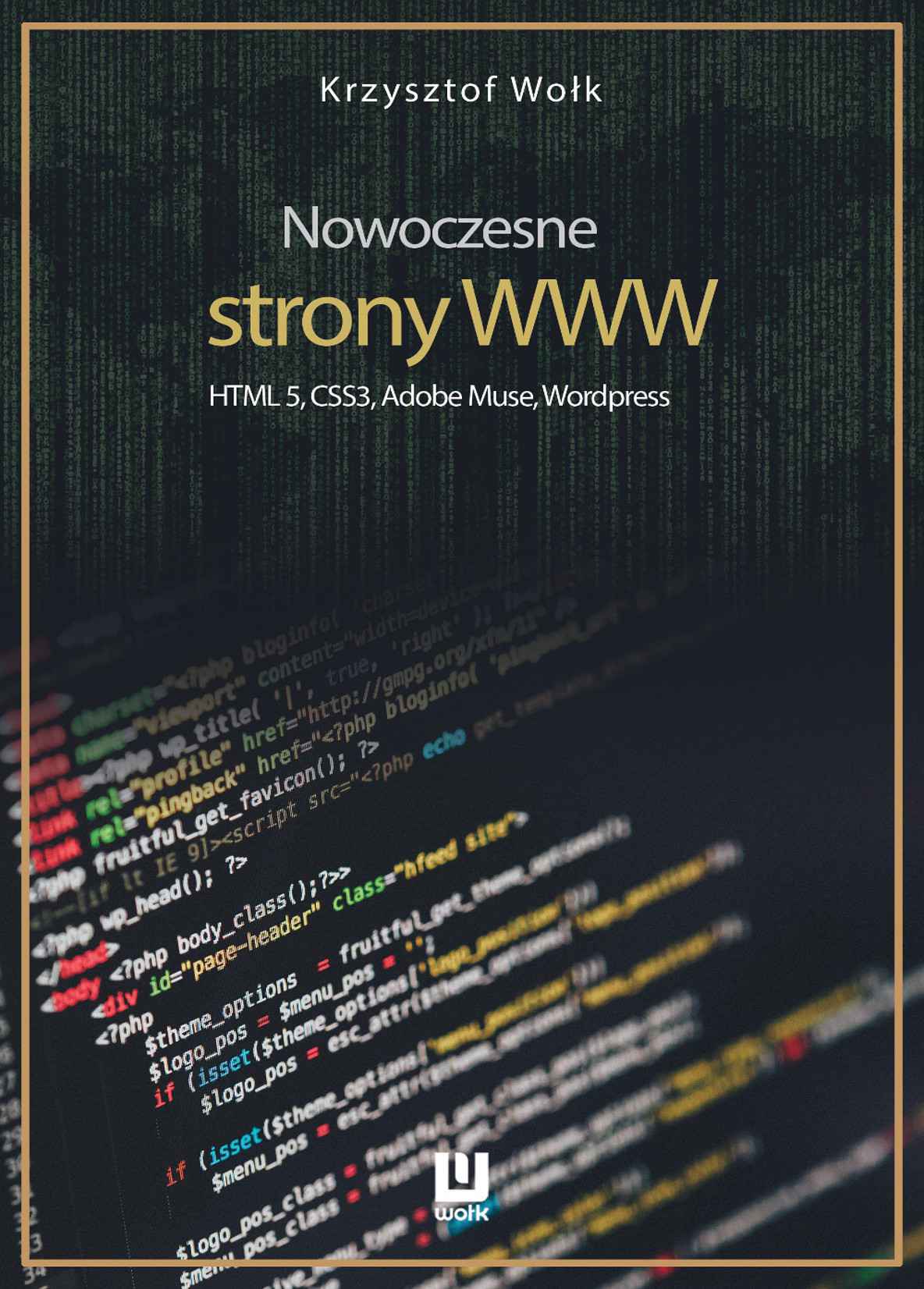
No comments:
Post a Comment
Note: Only a member of this blog may post a comment.